
How to Use This Guide The Examine.com group has really been launching research on nutrition and supplements thinking about that March 2011. Drawing from all we've learned, we've created this Supplement Guide with 2 objectives in mind: assisting you decide which supplements are best for you, based upon the clinical evidence, and assisting you include these supplements into synergistic combos. Core supplements have the very best safety-efficacy profile. When utilized correctly, they are the supplements more than likely to assist and not cause negative effects. Main options may offer considerable advantage, however only in the ideal context. A primary choice is not for everyone, but if you check out the entry and discover that you satisfy the requirements, think about including the supplement to your combination. Secondary options have less evidence for their outcomes. They may work or be a waste of money. Keep them in mind, however think twice prior to including them to your combination.
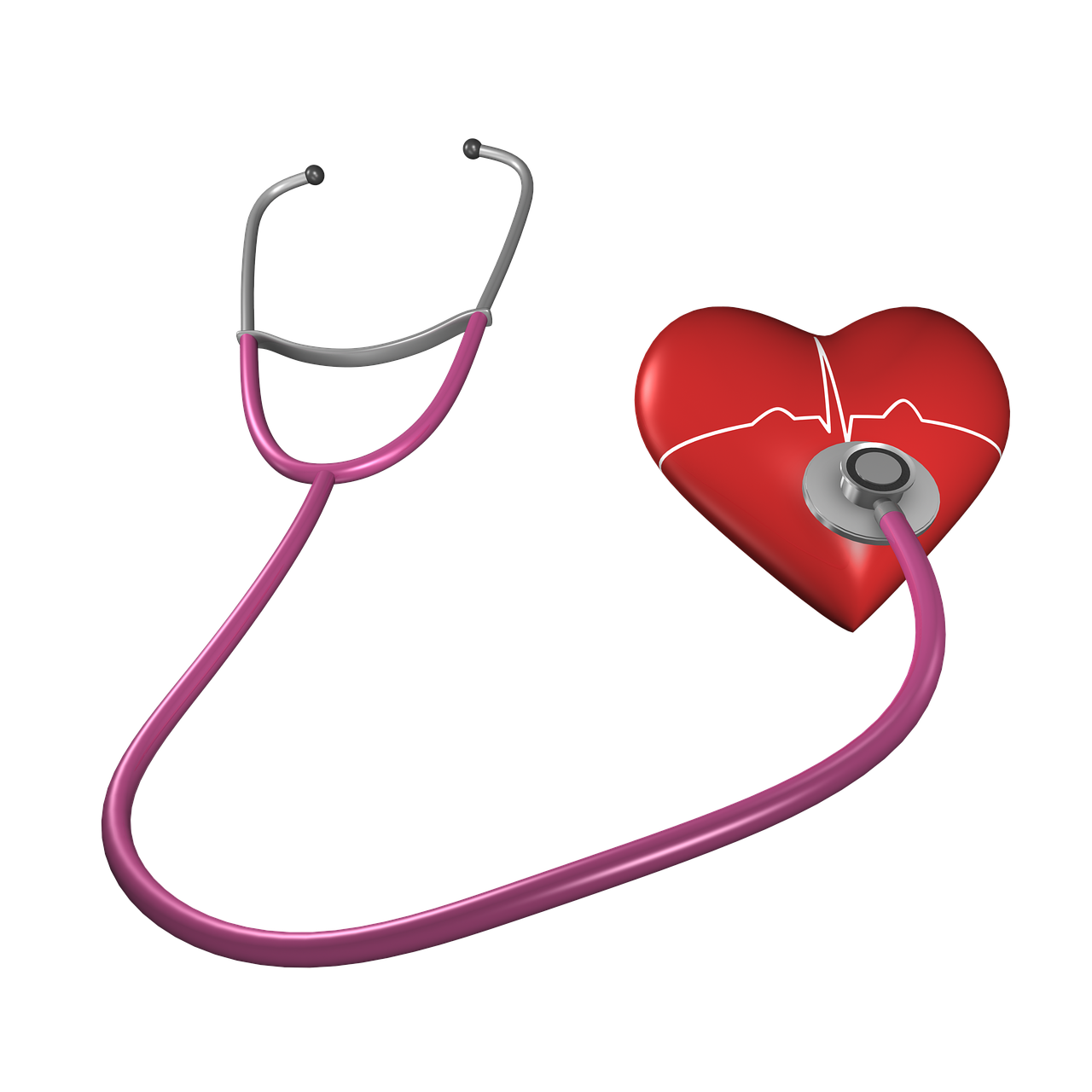
Unverified supplements are backed by custom or by mechanistic, animal, epidemiological, or anecdotal proof, however not yet by persuading human trials. At this moment, they are bad prospects for your combo. Inadvisable supplements are either perhaps unsafe or merely inefficient, marketing claims notwithstanding. Do not include them to your mix. At finest, they'll be a waste of cash; at worst, they can cause you damage. Now that you've discovered of different supplements worthwhile of your aspect to consider, you'll find to include them into synergistic combos. You'll find a core mix (comprised of the core supplements) and many specific mixes (made up of primary and secondary options). Each specialized mix is enhanced for a particular population. The simplest approach to produce your own combination is to include the core mix with the specialized combination that best fits your scenario, requires, and primary health goal. Then comes the FAQ, in which we cover common issues that might happen when picking and integrating supplements.

With all this, you must be able to figure out and assemble the supplement combination best matched to your objective. 4 Introduction Ever notice how in a different way individuals appear to age, appearance-wise? For each single 35-year-old who looks 50, there is a 50-year-old trending towards mid 30s in look. Although everyone experiences time in the extremely exact same method, the months, days, and years appear more kind to some than others. Luckily is that we can partially manage the effects of time on our bodies. And this is exactly why we wrote this guide. We can't stop the forward march of time, nevertheless we do have a say in the strength of our body and minds. A meaning for aging Before we discuss healthy aging, it helps to start with a mutual understanding of what aging is. According to an existing examination, aging can be "specified by a progressive loss of physiological integrity, causing impaired function and increased vulnerability to death."

[1] Well, that's inspiring! Although this sounds dismaying-- researchers are not ones to sugarcoat-- there are in fact some things here to be encouraged by. We comprehend the aging treatment and systems behind it now particularly. With this knowledge, we're better put to use some control over it. The trademarks of aging 5 Adapted from López-Otín et al. Cell. 2013. [1] Life-span vs. healthspan The common human life span has actually increased a reasonable bit in the past 100 years, nevertheless the additional time bought this earth isn't continuously in exceptional health. The longer humans live, the more widespread lateonset disease, such as diabetes, Parkinson's, and Alzheimer's, wound up being. Consisting of 40 years of life isn't so great if the latter 40 are invested fighting a destructive illness. This brings up an essential concept: life-span vs. healthspan. While life expectancy, as you might anticipate, is the length of one's life, healthspan is more concerned with lifestyle, or the time period during life where you are in a healthy and high-functioning state.

For instance, the existing normal life expectancy in the U.S. is around 6 79 years, [2] while the normal healthspan is only 67.4. Science has made terrific development in the previous 25 years, increasing our understanding of the genetic and biological elements that manage life-span. But much of this may be hardwired throughout different organisms and less readily available with existing development. [3] Healthspan, on the other hand, is quite within our reach and the focus of this guide. Tip: Choose your own knowledge experience If you want to discover the procedure of aging, have a look at the biological elements of aging section. If you wish to find out more about useful actions to require to age well, take a look at the methods for healthy aging section. The biological aspects of aging Taking a "macro" perspective on aging, the results of big swaths of time on the body are basic to acknowledge.

There are impacts on look (wrinkles, gray hair, loss of muscle mass, bad posture) along with physical health (cognitive reduction, increased event of chronic and degenerative disease). These obvious, macroscopic modifications on the down side of healthspan are driven by tiny modifications at the cellular and molecular level. Some significant ones are noted noted below. Genomic instability and senescence Most scientists in the cancer biology field have related to the agreement that if we live adequate time, we will get cancer. The element for this is that the genome winds up being unsteady with time, causing an accumulation of anomalies that ultimately change typical, well-behaved cells into cancerous ones. Packed strongly into the nucleus of every cell and organized into chromosomes, the expect every protein, enzyme, cell, and tissue is encoded by a double-stranded wonder molecule called DNA. Due to the reality that cells have a minimal life-span, this details needs to be copied and handed down to child cells with a high degree of fidelity.

To highlight how intimidating a task this is, human chromosomes vary in size from 50 million to over 300 million nucleotides. No enzyme that copies DNA is ideal; although irregular, there is a high 7 possibility that a minimum of some errors will be made with each cellular department. This is why significant quantities of resources are devoted to DNA repair and quality control. [4] If the mistake can't be repaired, there are still options. Some cells will compromise themselves, undergoing a kind of set cell death called apoptosis. In other cases, the cell will go into a state of "senescence," or permanent exit from the cell cycle. By shutting down the cell cycle, senescent cells avoid copying threatened DNA that might lead to cell improvement and cancer. It is a normal function of aging in a variety of different organisms, from germs to people. [5] While senescent cells do not have the ability to divide and by far their potentially harmful mutated DNA, there are still downsides to think about.

Senescent cells tend to produce proinflammatory cytokines, adding to the low-level chronic swelling that appears with increasing age. This swelling is so normal that it's even been available an unforgettable name: "inflammaging". [6] Stem cell tiredness The impressive feature of the human body is that much of our tissue has the capability to bring back and stay helpful, through using stem cells. Skeletal muscle is a terrific example of this specialized cell in action. Let's say you do a heavy weight-training exercise, which sets off damage to the muscle in the type of microtrauma. In addition to rebuilding and fixing damage in the existing muscle cells, satellite cells-- a specialized pool of muscle stem cells-- are contacted throughout the progress and adaptation procedure [7] to fuse with existing muscle fibers, contributing more nuclei. [8] In the case of more serious muscle damage, from injury, satellite cells identify into myoblasts, which continue to divide and ultimately change into myocytes (mature muscle cells) that replenish the damaged or ruined cells.

[9] Once gotten in touch with, the satellite cells "self-renew," guaranteeing that a swimming pool of stem cells stays ready for the next injury or microtrauma. Other pool of stem cells exist all over the body, where they drive tissue regrowth and have the capability to self-renew. As you might expect, stem cells can not self-renew completely. Eventually, with increasing age, they end up being tired, [10] in part due to the build-up of DNA damage. Mitochondrial dysfunction Mitochondria are the tiny power plants inside cells that produce the primary energy currency in the body, adenosine triphosphate (ATP). They do this through cellular respiration, a process that makes use of the chemical energy from glucose or other nutrients to make ATP. Throughout this process, electrons are shuttled through the electron transportation chain, a series of particles in the outer mitochondrial 8 membrane that sustain the activity of a membrane-bound enzyme that produces ATP.
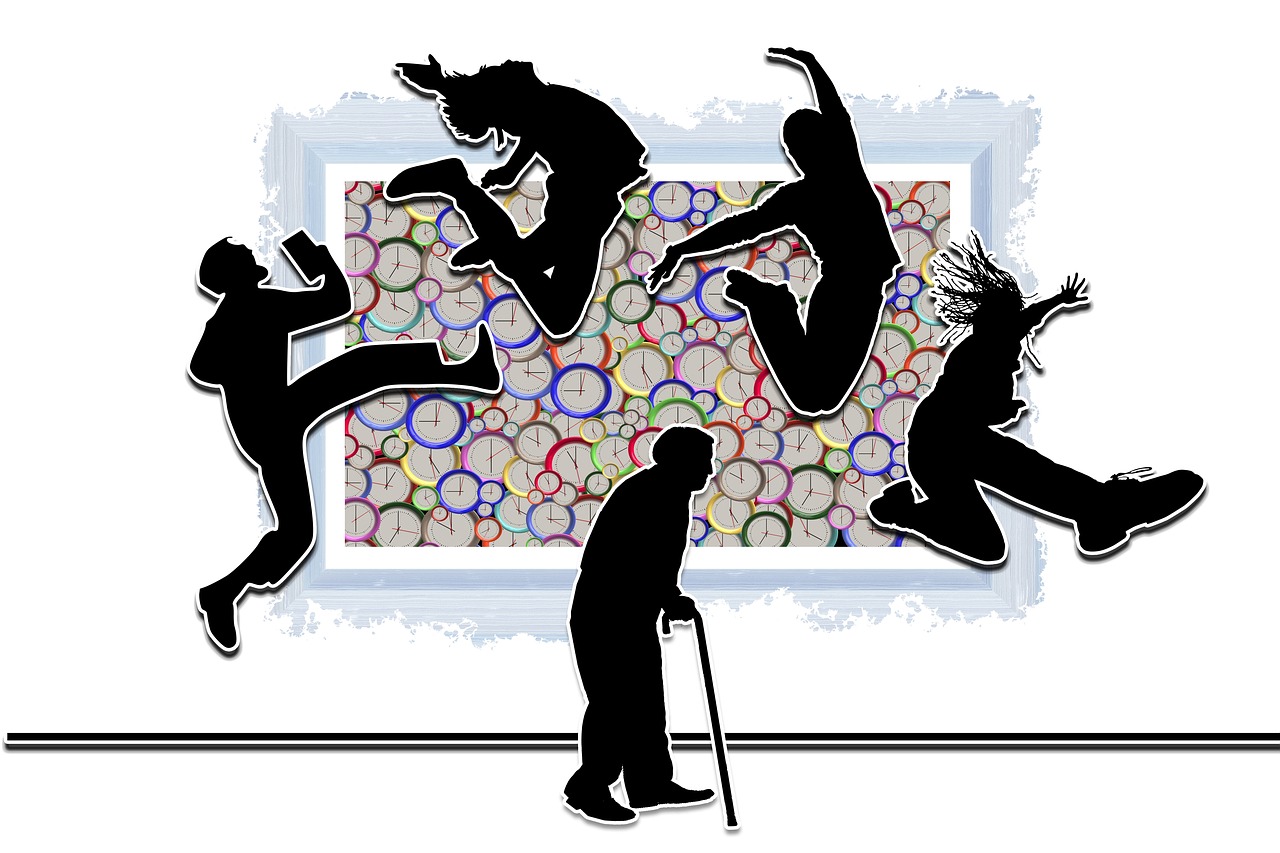
As we age, the electron transport chains can change into inefficient and "leaking," releasing harmful reactive oxygen types (ROS) and producing less ATP. [11] At one time, researchers believed that increased ROS from mitochondria was the source of all aging. [12] We now understand it's more complex, because ROS has actually similarly been discovered to work as an essential signaling particle, and mice crafted to have impaired mitochondrial function without increased ROS still had sped up aging. [13] However, the accumulation of ineffective mitochondria takes spotlight in the aging treatment. The problem isn't so much that mitochondria become inefficient; this happens all the time in normal/healthy cells, however when it does, they are fixed or altered. Throughout aging, mitochondrial quality assurance paths that destroy damaged mitochondria and change them with brand-new, fresh ones are reduced. The build-up of damaged, inefficient mitochondria compromises energy production and can set off inflammation [11] via specialized intracellular complexes called inflammasomes.

[14] When set off, inflammasomes cause cells to send hazard signals in the type of pro-inflammatory cytokines, such as IL-1β. [14] Animal designs have actually shown that aerobic workout in mice [15] and alternate-day fasting in rats [16] can improve healthspan by setting off mitochondrial quality-control systems. Luckily is that all indications indicate the same thing taking place in human beings, through typical mechanisms. [17] So we might have some state in whether or how mitochondrial concerns take place later on in life. Loss of proteostasis Proteostasis is like quality control for the proteins in our cells. The majority of the various domino effect in the body at any immediate are catalyzed by enzymes made of protein. These enzymes-- or any protein, for that matter-- require to be in a particular conformation to do their task. Structure remains in part learned by the order of amino acids, however this is insufficient.

In addition to having the correct main series, the protein needs to be folded into the right conformation. If misfolded, it might not have the ability to do its task, and the issues do not stop there. Private amino acids tend to have various charges; some are rather soluble, while others are not. For this factor, hydrophobic amino acids (those that drive away water) tend to be buried inside the bigger structure of the protein. If the protein is misfolded, not only does it become less soluble or absolutely insoluble, however, it similarly tends to end up being stickier, forming disorderly aggregates that are unsafe to the cell. The capability to keep proteostasis decreases with age and lags a lot of the neurodegenerative illness connected with protein aggregation, [18] such as Alzheimer's, Parkinson's, Huntington's, and others. The accumulation of misfolded, poisonous proteins activates an inflammatory response, similarly contributing to increased swelling throughout aging.

9 There are 2 defense reaction against this build-up, and both have really been shown to become endangered with time throughout the aging procedure. Chaperone proteins aid with folding brand-new proteins as they are made, [19] and their levels are increased by stress, such as the type that happens during workout. [20] On the other hand, proteolytic systems, such as autophagy, [21] are entrusted with breaking down unsafe aggregates after they've formed. Up until now we've covered a few of the significant systems that drive the aging procedure. The list is far from significant, but by now you understand. A decline happens at a variety of levels, in a variety of systems, which eventually lowers healthspan and life-span. The core supplements we've detailed in this guide are an outstanding place to begin. They have strong efficiency history, supported by robust research study, and you can't go wrong with them. In addition to supplements, there are similarly some "core actions" you can need to motivate a longer healthspan (and possibly life expectancy).
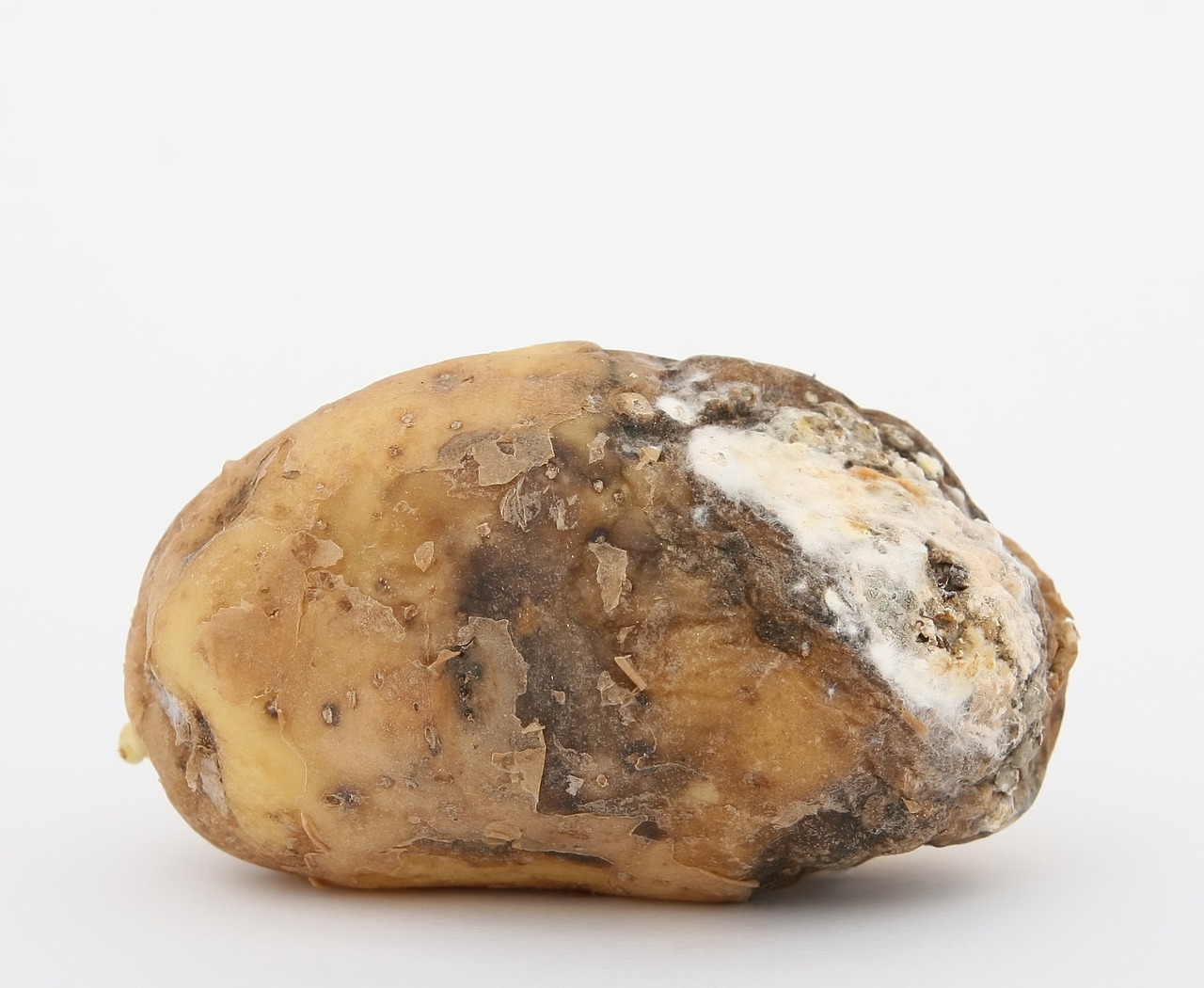
Corrective interventions that might extend healthspan 10 Adapted from López-Otín et al. Cell. 2013. [1] Strategies for healthy aging Get moving Present-day individuals tend to move insufficient and eat too much, and this is a powerful undesirable mix. We just are not created to be inactive, nor were we probably designed for the level of excess in the typical Western diet strategy. Given, a few of this is out of our control. Much of us have desk jobs throughout the day and after that home tasks during the night. That being stated, we require to discover a way. Park the cars and truck in the back of the car park if required. Take the stairs rather of the elevator. Get in a quick 30-minute workout prior to work. The small monetary investment in time now may pay huge dividends down the road and put you on a trajectory to being fit and high operating well into your later years.

11 People who stick to solid physical conditioning programs tend to look more youthful at any age. The evidence is not simply anecdotal; workout has actually been shown to reduce a variety of the hallmarks of aging. [22] And it does this by affecting numerous body systems in a favorable technique. So get moving! Already on strong footing from a diet and workout point of view? Here are some additional things to consider. Train hard nevertheless smart As you shift from your 30s to your 40s, some things will modify. Initially, specific hormone representatives begin to trend downward, which can increase the time required for complete recovery after an intense training session. Also, several years of difficult training can increase the effectiveness with which your nerve system hires motor systems throughout heavy lifts. In other words, your capability to do harm to a muscle throughout a training session may edge out your capability to recuperate from that session in a timely style.

This can likewise leave you more susceptible to injury, specifically when you're unaccustomed to a workout. I have individual experience with this. When I was 36, I chose that I had not done enough HIIT (high-intensity period training) lately-- it had been a number of years, a minimum of-- as the majority of my cardio at the time was mountain cycling. I was in good condition, and also weight-training 4 times a week, so I figured my physical condition was terrific to jump right into some hill sprints. About midway through my second sprint-- with little warm-up-- I felt a slight twinge in my left calf. It was something in between a cramp and a convulsion, but not so bad that I felt I needed to stop. This, it turns out, was an unheeded indication. On the next sprint, about halfway up the hill, I heard and felt a loud pop in my left calf muscle, followed by severe discomfort and loss of strength.

I had a partial tear in my gastrocnemius muscle, which absolutely caught me by surprise. I thought to myself, I'm in good shape. How could this take place? It turns out this is common in athletes over 30. We still seem like we remain in our 20s and quit working to acknowledge the need to change up till an injury appears to fall out of the sky. Certainly, hindsight is 20/20. It's still crucial to get from errors though. Even better, learn from the errors of others. You can discover the following from mine: • Warm-up consistently and more than you believe you require to. (You heard me, people over 30!) • Introduce new workouts with care • Listen to your body. If it feels off, it more than likely is. Do not be afraid to make modifications 12 Mobility Most people, particularly those individuals who require to sit for a considerable part of the workday, will fight with a progressive loss of movement with age.

Muscles and joints wind up being tighter, and variety of movement is lost, which partially discusses the increased incident of lower neck and back pain with aging. [23] In the past, the only time movement and extending went into the photo for me sought I was needed to deal with an injury. This, naturally, was a mistake, given that thorough focus on the motion concerns I was having at the time may have prevented injury in the very first area. I was strong in my 20s and early 30s on substance workouts, such as deadlifts and squats. I continued to increase my strength throughout my early 30s nevertheless began to produce more regular concerns, due to the increasing fragility of my lower back. I would have a terrific training session, and after that 4-- 5 days later, my back would go out after doing some random low-intensity activity like picking something up off the floor covering.
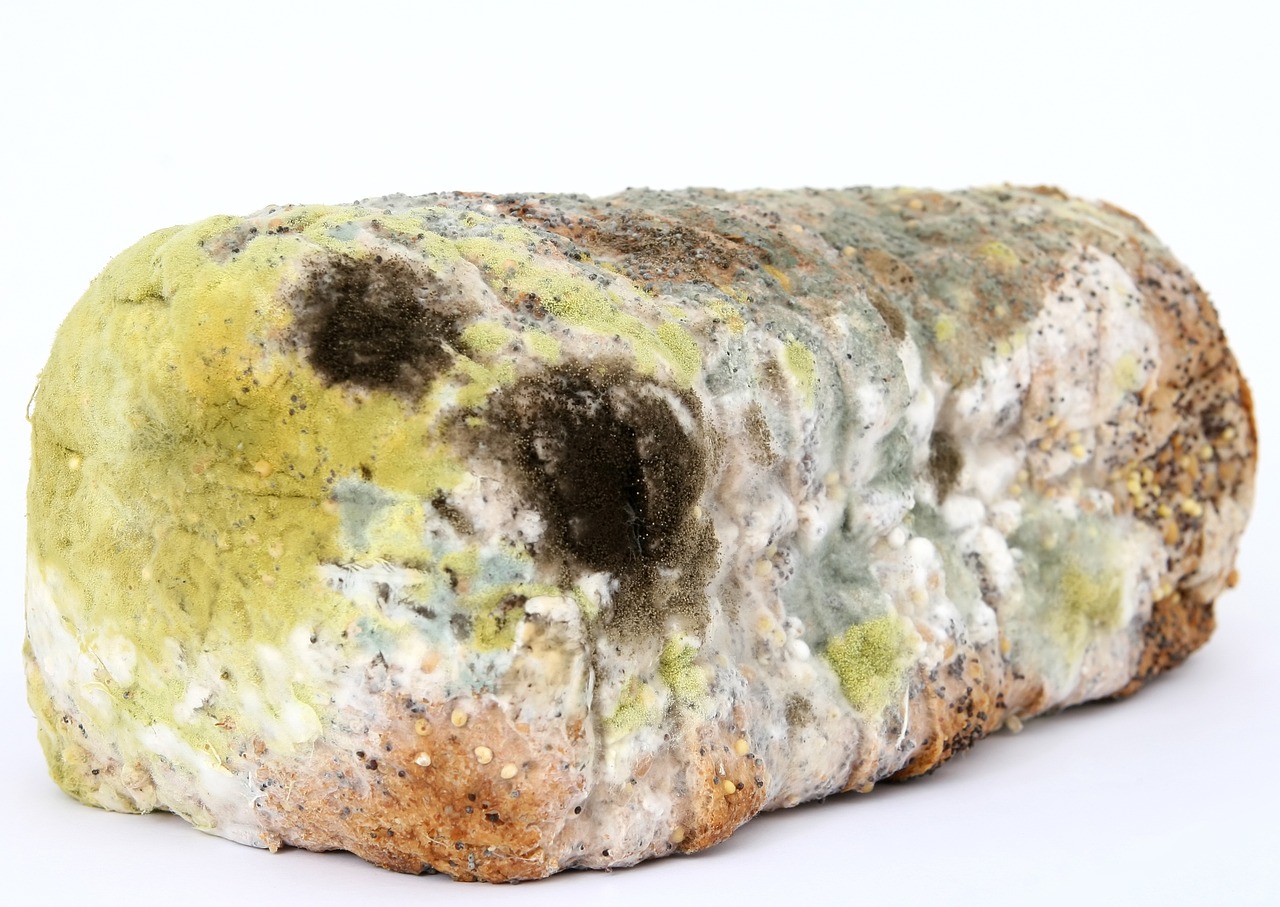
Naturally, when damaged, I would begin extending and doing mobility work to bring back function. However I had it backward. It was the underlying motion issues that were triggering my issues in the first location. The more powerful I got, the more they raised their unsightly head. I fixed the concern with an extreme change in my approach to training. A lack of hip movement was speeding up the majority of the concerns with my lower back. For a long period of time, I mutated exercises with extending and motion sessions to address these powerlessness. I then continued to deal with movement however phased in weightlifting, however with a focus on core strength and posterior chain. Conclusion outcome? My bench press sure didn't increase, however my lower back is no longer susceptible, nor am I restricted in regards to exercise. (Before my mobility reboot, I required to remove squats and deadlifts absolutely from my training.).

• Expect motion concerns to come up with increasing age, and be proactive about resolving them. • To avoid trial, error, injuries, and lost time, look for a qualified physical conditioning or physician to address mobility issues before they trigger injury or loss of function. Sleep and recovery Most of us are not getting as much sleep as we require. This is self-evident, basically. We all acknowledge the brain fog, inflammation, and tiredness that function a variety of days' worth of insufficient sleep. The more hazardous fallout is that sleep deprivation may even accelerate aging at the cellular level. [24] The service is to get as much rest as you require. Not everyone requires 8 hours of sleep; some can manage with less, however a few people need a lot more. Certainly, this isn't constantly a choice. When you are pressing difficult with your job or have kids-- or both-- sleep ends up being a 13 important commodity.
The service is to get as much sleep as you need as consistently as you can. Encouraged hours of sleep AGE RECOMMENDED MAY BE APPROPRIATE NOT RECOMMENDED 0-- 3 months 14-- 17 11-- 19 << < < 11 or. Click Here To Learn More.
 Add Row
Add Row  Add
Add 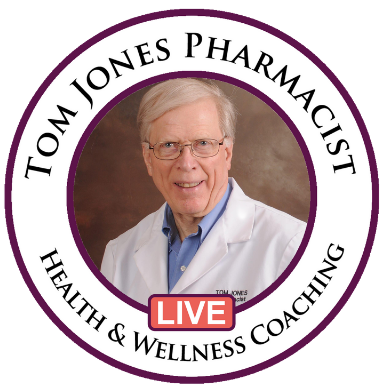




Write A Comment